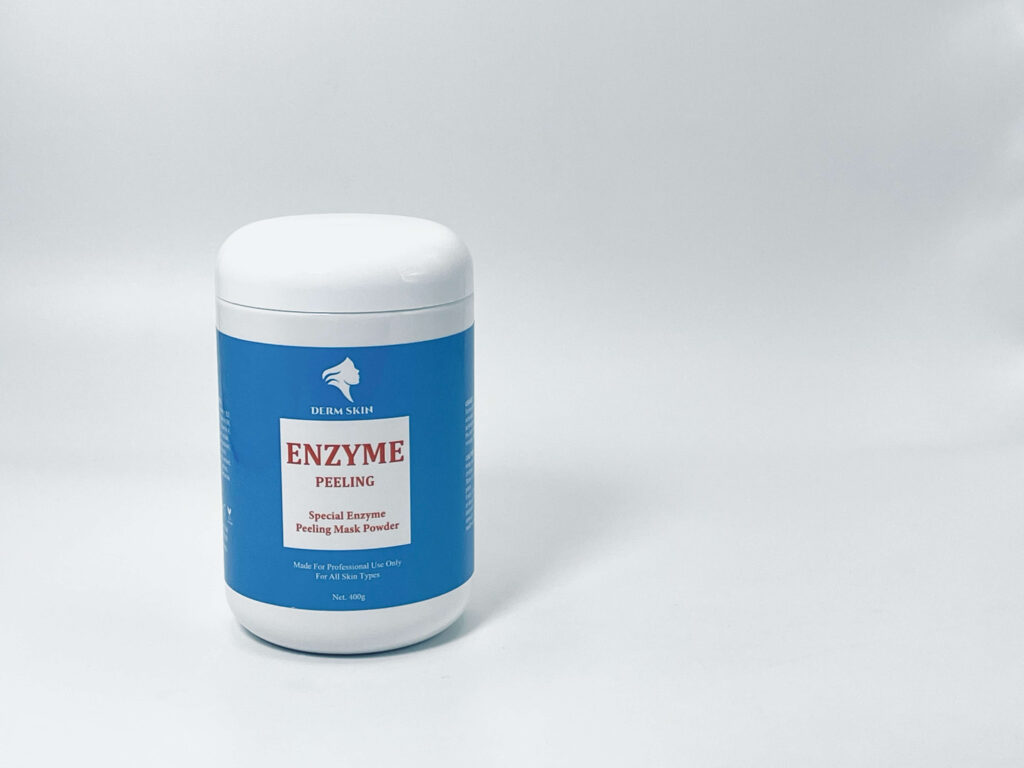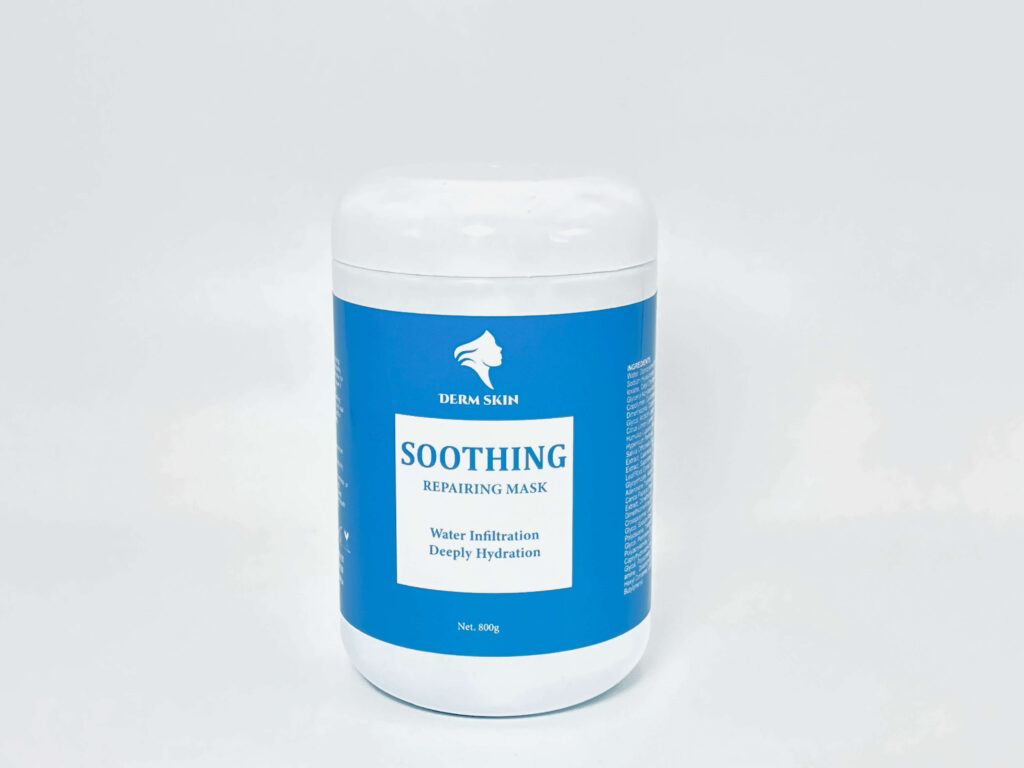1. Introduction
Enzyme peeling is a mild yet effective exfoliation technique that uses natural enzymes derived from fruits and other biological sources to dissolve dead skin cells. Unlike chemical or mechanical exfoliants, enzyme peels work without abrasion or harsh acids, making them ideal for sensitive or compromised skin.
2. How Enzyme Peeling Works
Enzyme peels operate through a proteolytic process that targets and breaks down keratin protein in dead skin cells, promoting a smooth and radiant complexion without inflammation or damage.
Common Enzymes Used:
Papain (from papaya): Breaks down proteins and gently exfoliates skin
Bromelain (from pineapple): Reduces inflammation and digests dead skin
Pumpkin enzymes: Rich in antioxidants and vitamins, stimulates cell turnover
Keratinase: Targets the keratinized layer for deep but gentle renewal
3. Benefits of Enzyme Peeling
3.1 Skin Renewal
Gently exfoliates dead cells without harming live tissue
Promotes natural cell regeneration
Enhances product absorption
3.2 Suitable for Sensitive Skin
Non-abrasive and non-irritating
Ideal for rosacea, acne-prone, or post-procedure skin
3.3 Improves Skin Appearance
Refines pores and smooths texture
Evens out skin tone
Brightens dull complexion
4. Treatment Process
4.1 Pre-Treatment
Skin consultation and sensitivity assessment
Gentle cleansing to remove oil and debris
Optional steam to open pores
4.2 Application Phase
Enzyme mask is applied evenly over the face
Left on for 10–20 minutes depending on skin type
Gentle massage may be used to activate enzymes
4.3 Post-Treatment
Mask removed with cool, damp cloth
Soothing serum and moisturizer applied
SPF is essential after treatment
5. Indications for Use
Dull or uneven skin tone
Sensitive or reactive skin
Congested pores
Post-inflammatory hyperpigmentation
Maintenance between stronger treatments like chemical peels or laser
6. Possible Side Effects
Enzyme peels are typically well-tolerated, but some mild effects may include:
Temporary redness or warmth
Mild tingling during application
Dryness or flakiness within 24–48 hours (rare)
Note: These reactions are minimal compared to chemical peels and usually subside quickly.
7. Pre- and Post-Treatment Care
7.1 Pre-Treatment
Avoid retinol or exfoliating agents for 2–3 days prior
No sunburned or compromised skin
Clean, makeup-free face
7.2 Post-Treatment
Use gentle cleanser and moisturizer
Avoid exfoliants for 3–5 days
Daily sunscreen use is essential
Avoid heat (saunas, hot showers) for 24 hours
8. Frequency of Treatment
Regular maintenance: Every 2–4 weeks
As preparation: Before special events for instant glow
In treatment plans: As part of sensitive skin protocols
9. Results and Expectations
Immediate softness and glow post-treatment
Gradual improvement in tone and texture with consistent use
No downtime required
10. Conclusion
Enzyme peeling is a gentle, effective solution for those seeking radiant, healthy skin without irritation or downtime. Suitable for all skin types, including sensitive and inflamed skin, enzyme peels work in harmony with the skin’s natural processes. As a standalone or complementary treatment, they are an essential part of modern skincare routines.
At DermSkin, we believe in harnessing nature and science together—enzyme peels reflect that harmony beautifully.



